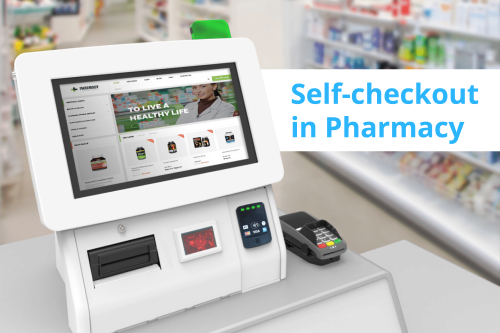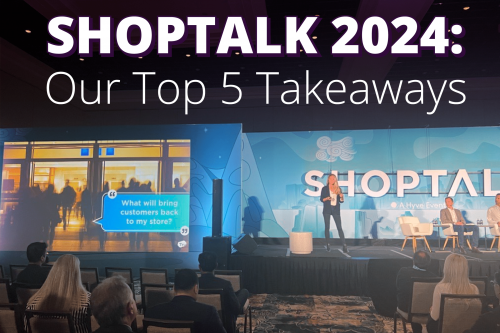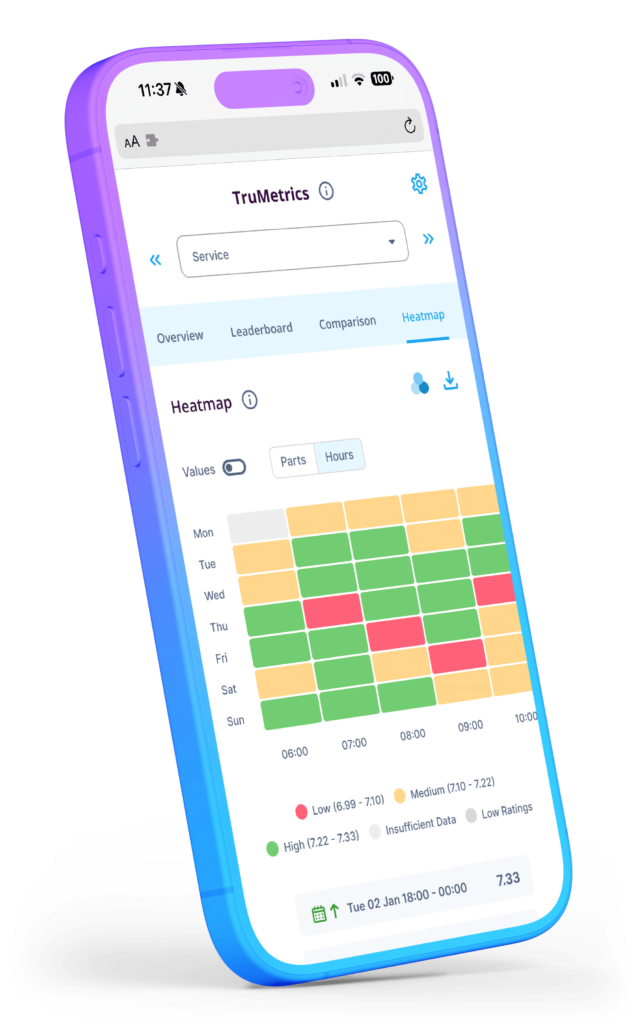We grabbed a cup of coffee with Wayne Davies, Retail Director at JD Sports, to put the world to rights and talk about the importance of customer feedback at the leading sportswear retailer.
TruRating: So, Wayne, let’s start with covering how you managed customer feedback at JD in the past?
Wayne Davies: Historically, we used receipt-based surveys coupled with mystery shopper surveys. These represented such a small sample size with low response rates that the data wasn’t very actionable. We also found that, more often than not, the findings didn’t align with what we observed in stores.
TR: What made you start looking for a new approach or a better tool?
WD: Sample size. Using the mystery shopper program as an example—if a store only collects 5 surveys per quarter, one really bad survey is going to carry a lot of weight and paint the store in a bad light.
TR: How did you come across TruRating and did you have to work to justify the business case internally?
WD: Service is hugely important to us. We wanted to be able to understand customer perception and expectations based on how much they spent. TruRating ticked all the boxes – a tool which linked in-store experience with spend, an easy-to-use dashboard and a customized reporting system. This meant we could easily measure impact of store-level initiatives in order to calculate ROI on our efforts.
TR: Has there been an aspect or feature that really stood out to you? Or a favorite data reveal?
WD: We can finally prove the old adage, “Happy customers spend more.” And we now know exactly how much more, as well as which aspects of our customers’ happiness have the strongest link to spend. We also know exactly where and when this is happening, down to the store-hour level. The heatmap is really powerful. On this chart, colors indicate performance across different times of day. At a glance, we can quickly identify sweet spots and sour points. Store managers find this really useful, as they are now empowered to make quick decisions without waiting for reports based on lapsed experiences.
TR: Have you experienced any unexpected benefits?
WD: Measuring customer experience can sometimes make us feel a bit like big brother. With TruRating’s sample size, we’re getting a fair and much more accurate pulse of our stores, which has been tremendous for staff morale and business confidence.
TR: What’s been your biggest key learning so far?
WD: When you make it simple enough, customers actually like feeding back—and having a say in shaping their experience.
TR: How has TruRating impacted your regional sales teams? Do they find the tool useful for their job?
WD: TruRating tells us what the majority of our customers think and how they feel about their shopping experience. Our regional sales teams are using it to help provide context to their area and store-level strategies, as all managers can see the same data at the same time—meaning they can explore findings on an even footing.
TR: How do you think TruRating will help you differentiate in a very competitive high street?
WD: TruRating has removed the guesswork from customer experience measurement. Nearly six million customers have told us what they think in a matter of months. The flow of data is continuous so we can react to it as it’s on-going. This means we’re not spending resources on initiatives that we only assume will delight the customer—we’re constantly learning and testing, which helps us remain customer-centric and competitive in a fast-paced industry.
Thanks to Wayne for taking the time to speak with us. If you’d like to learn more about TruRating for your business, visit our website and get in touch.













